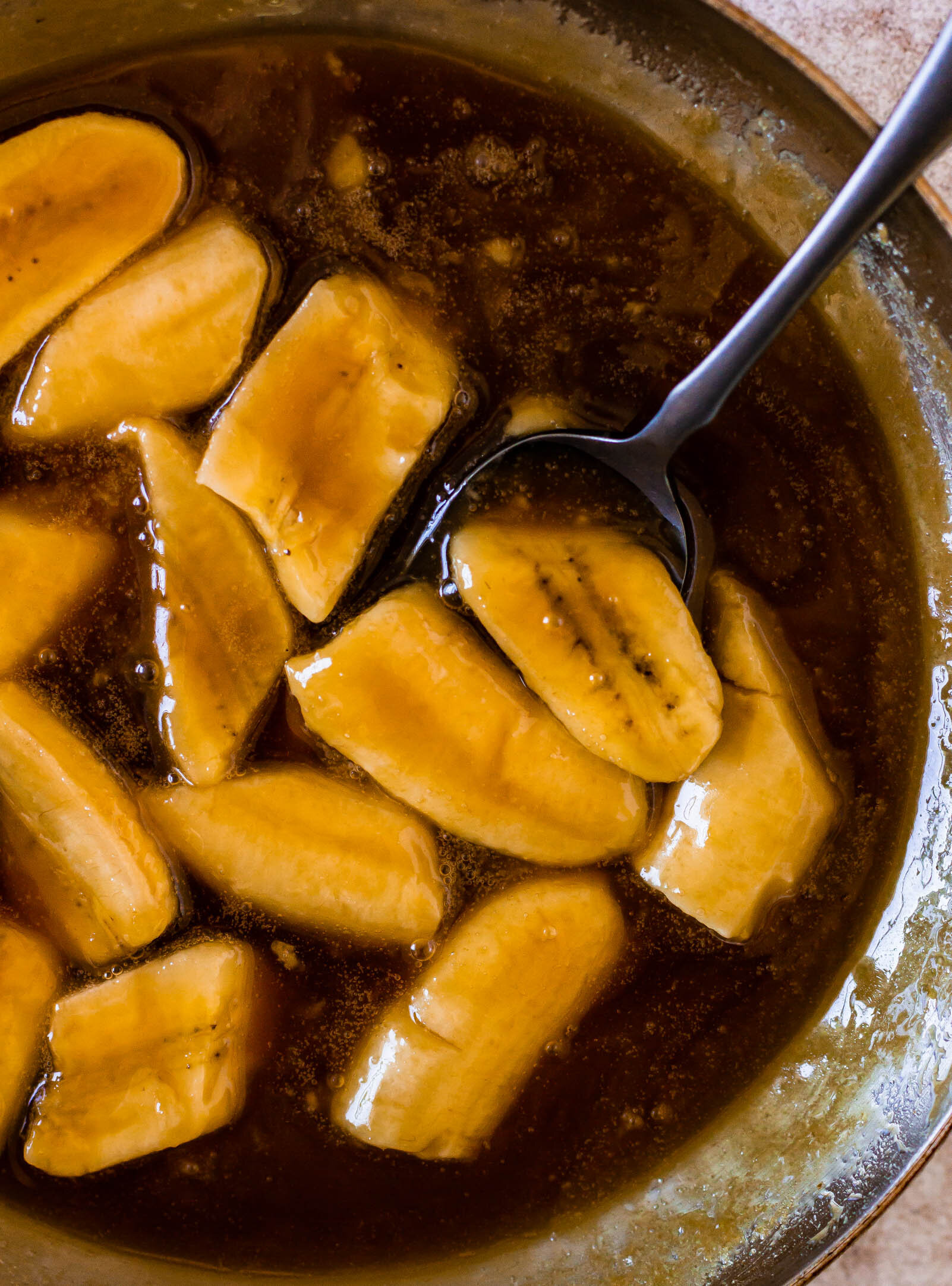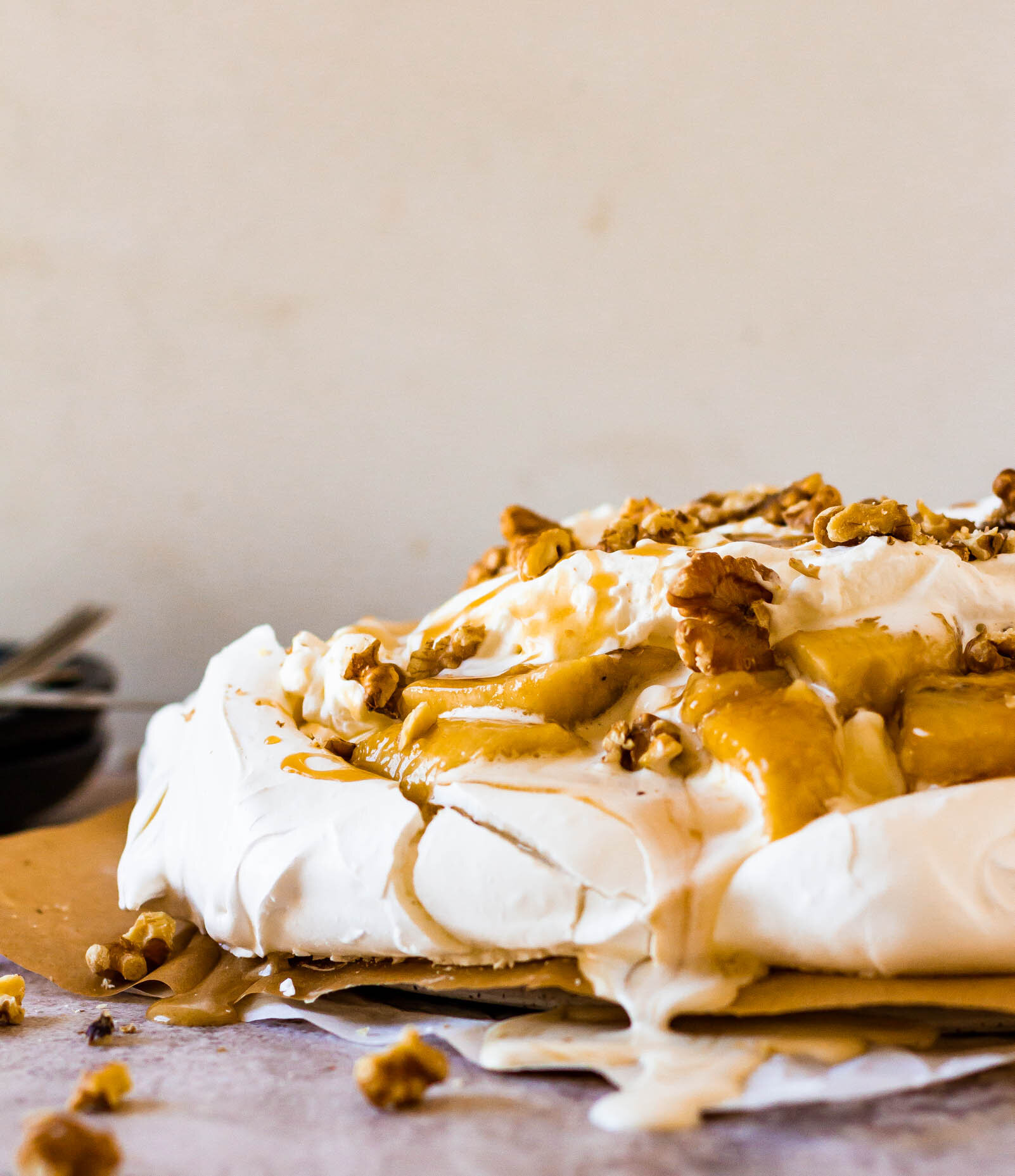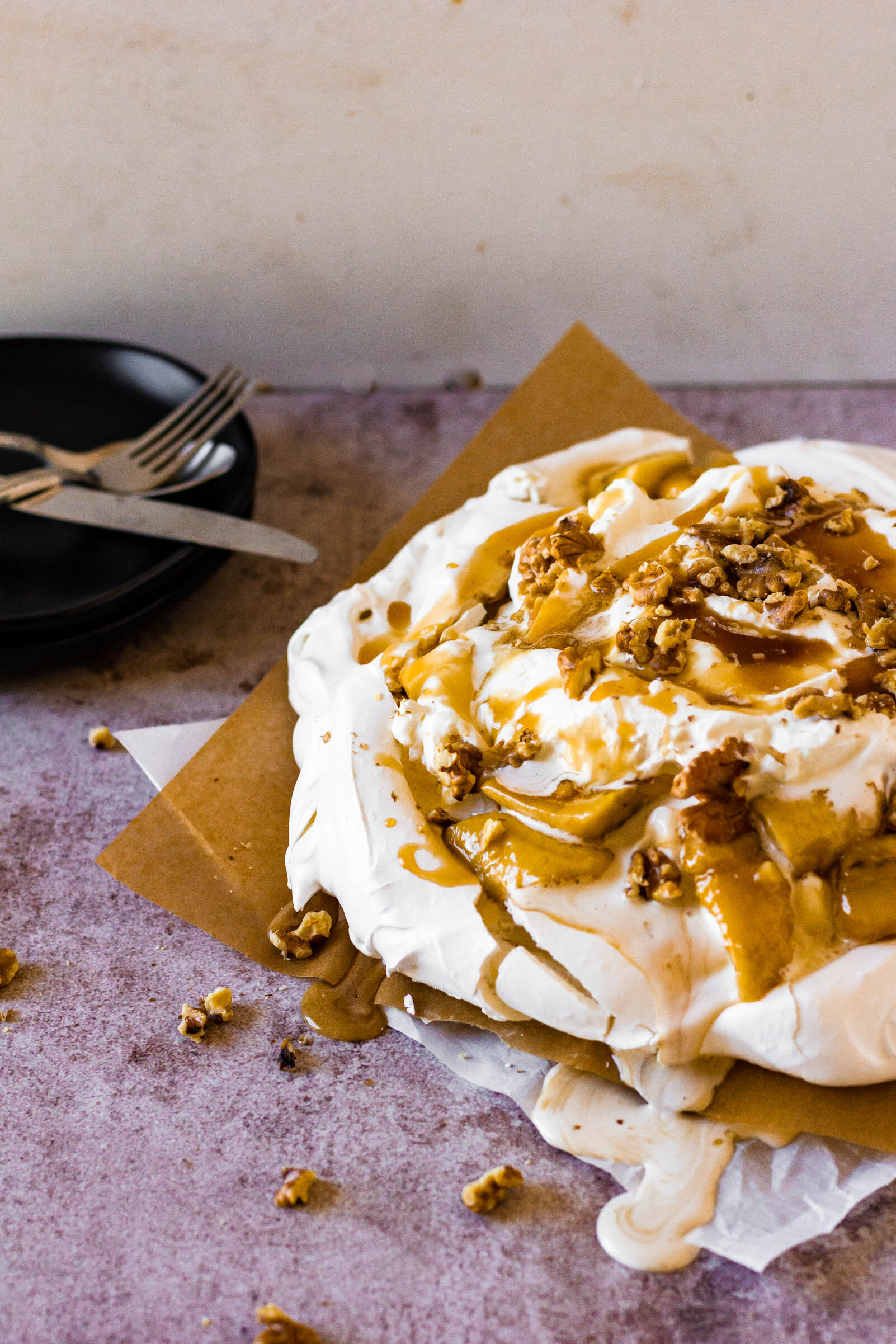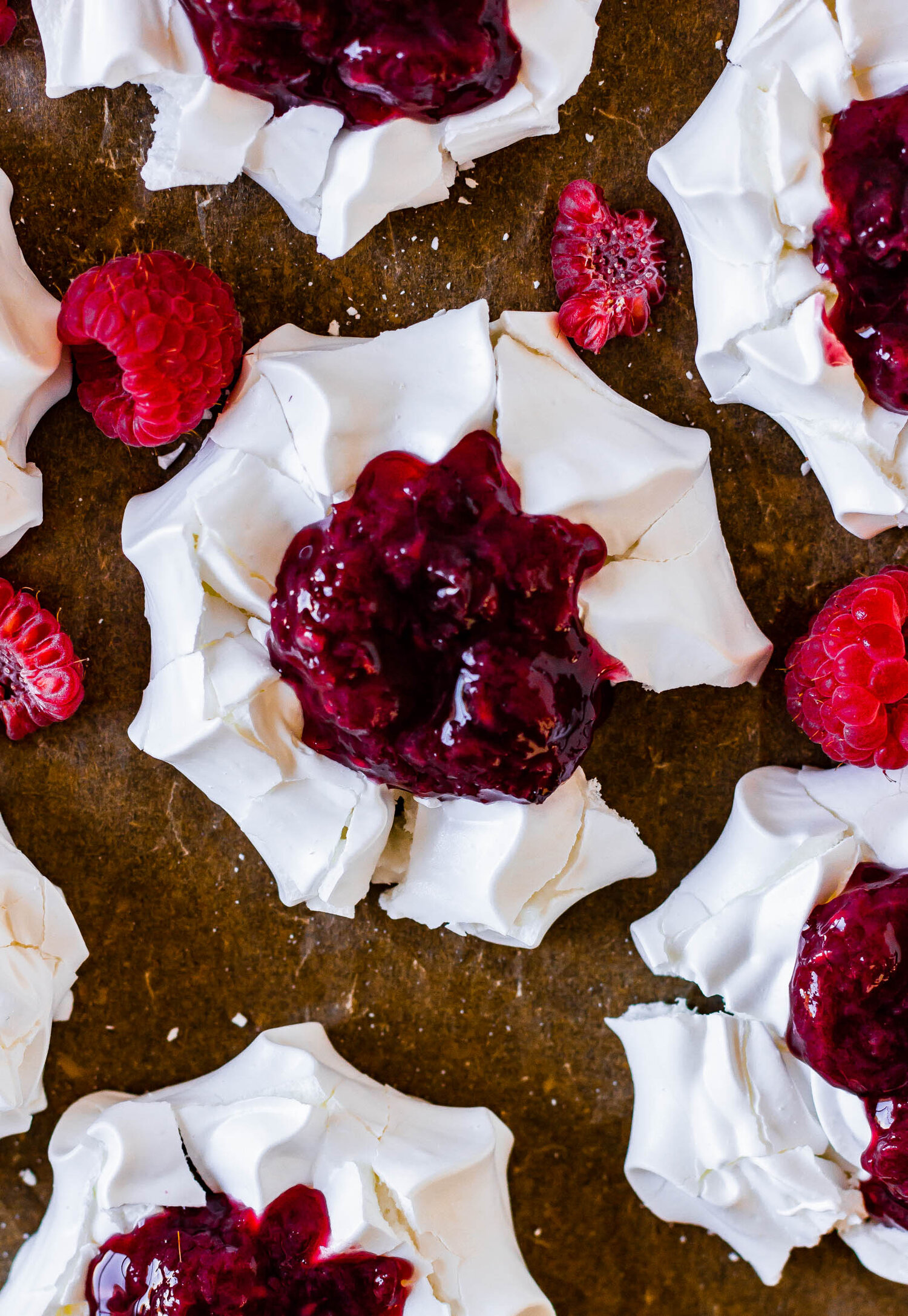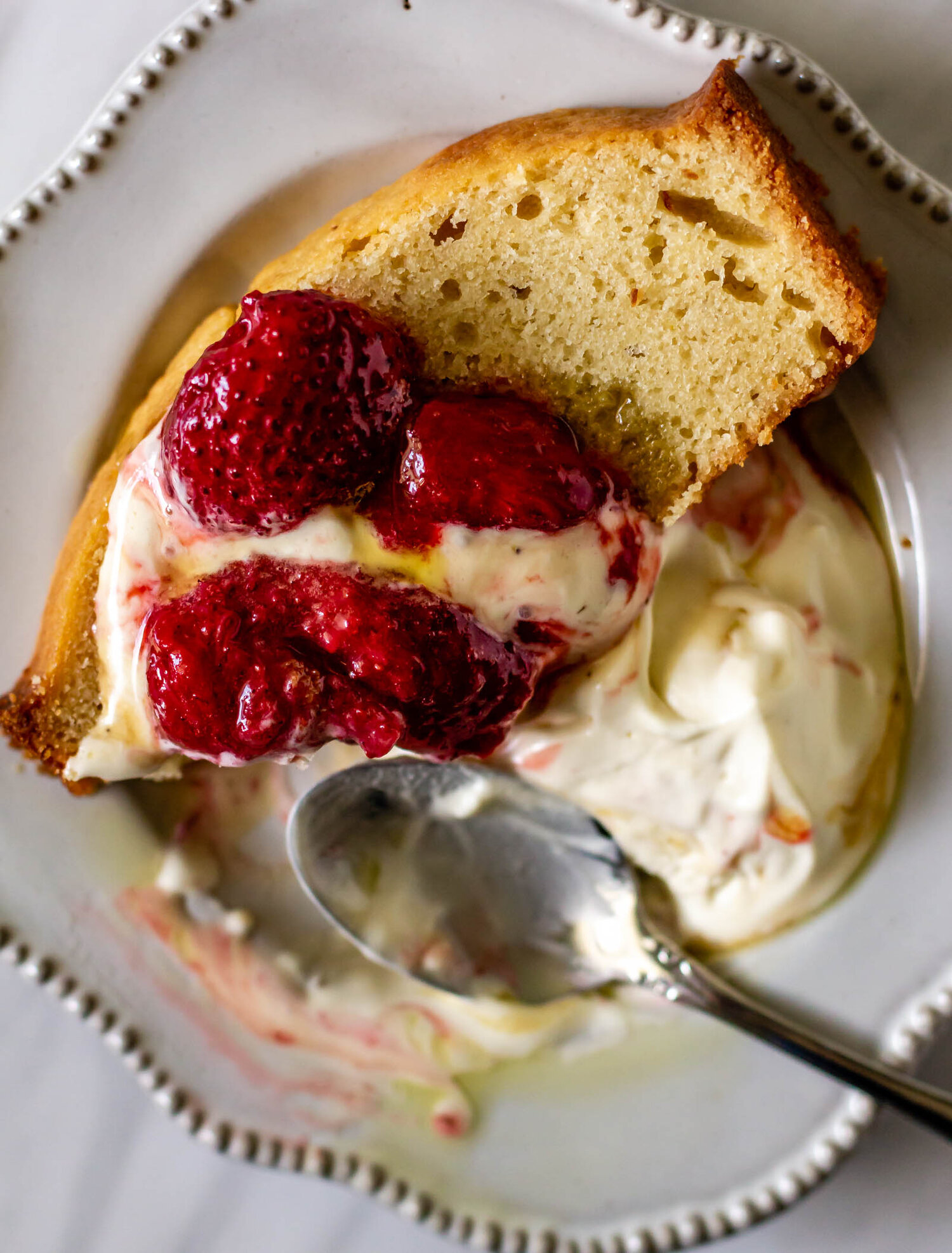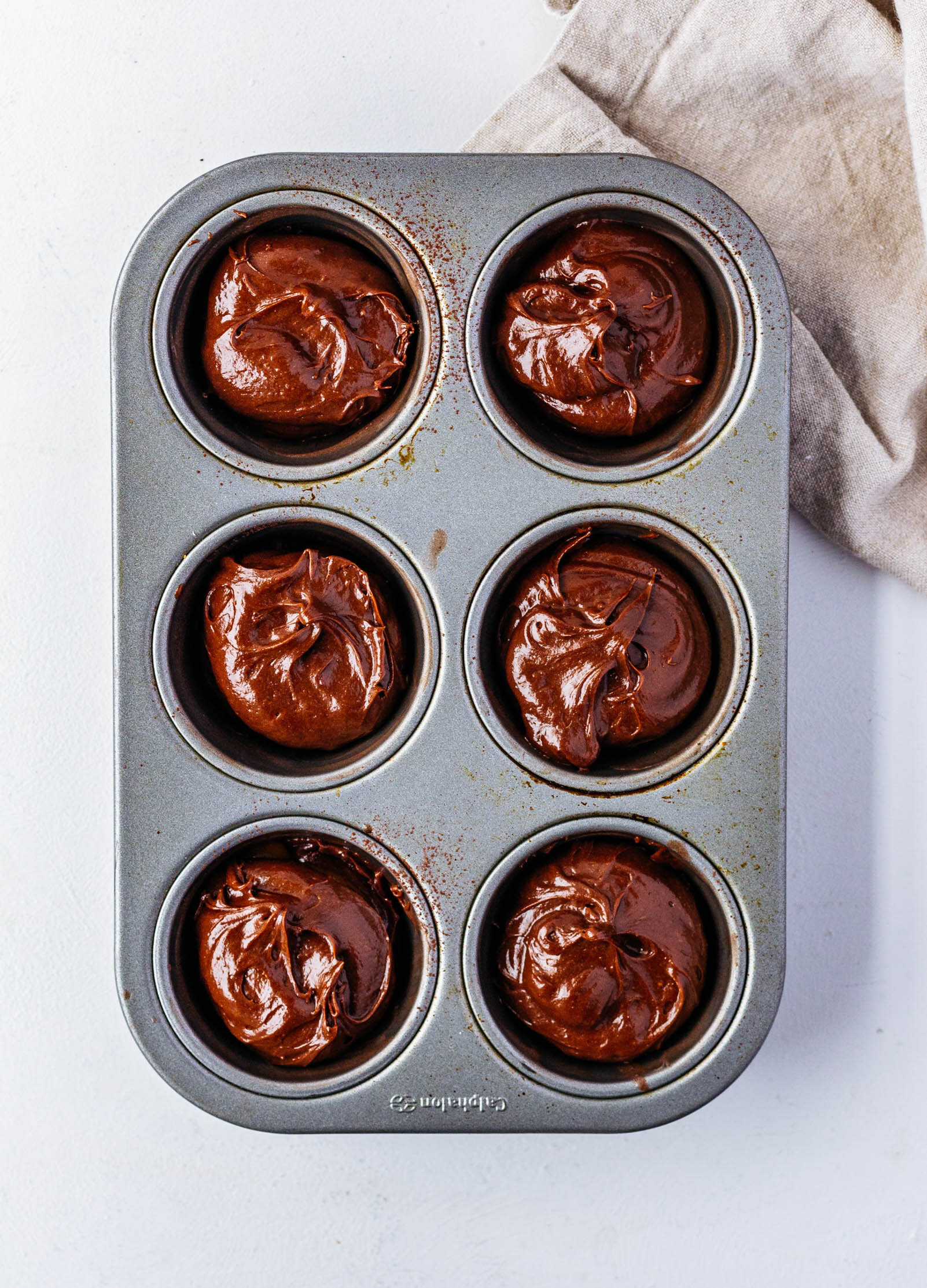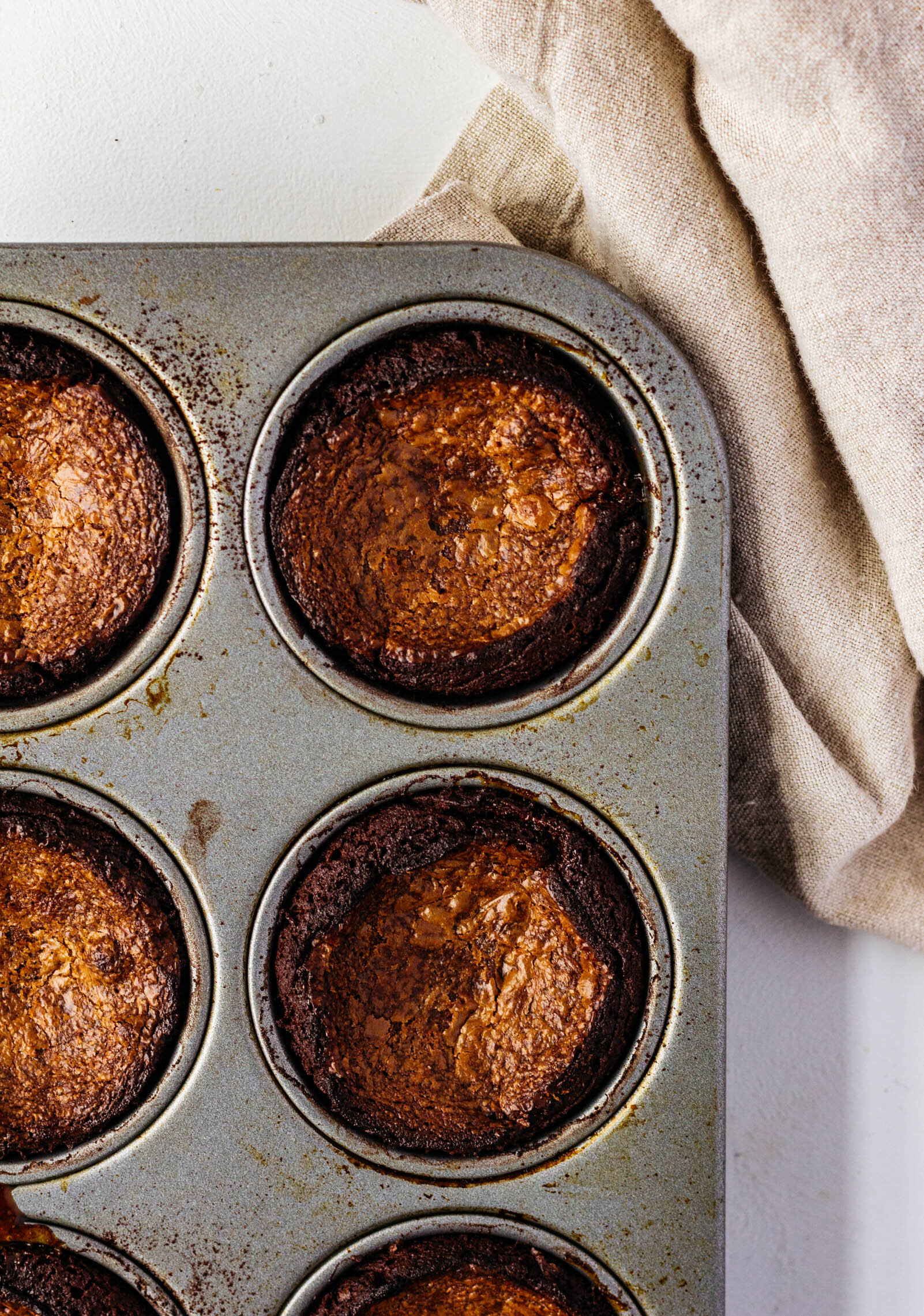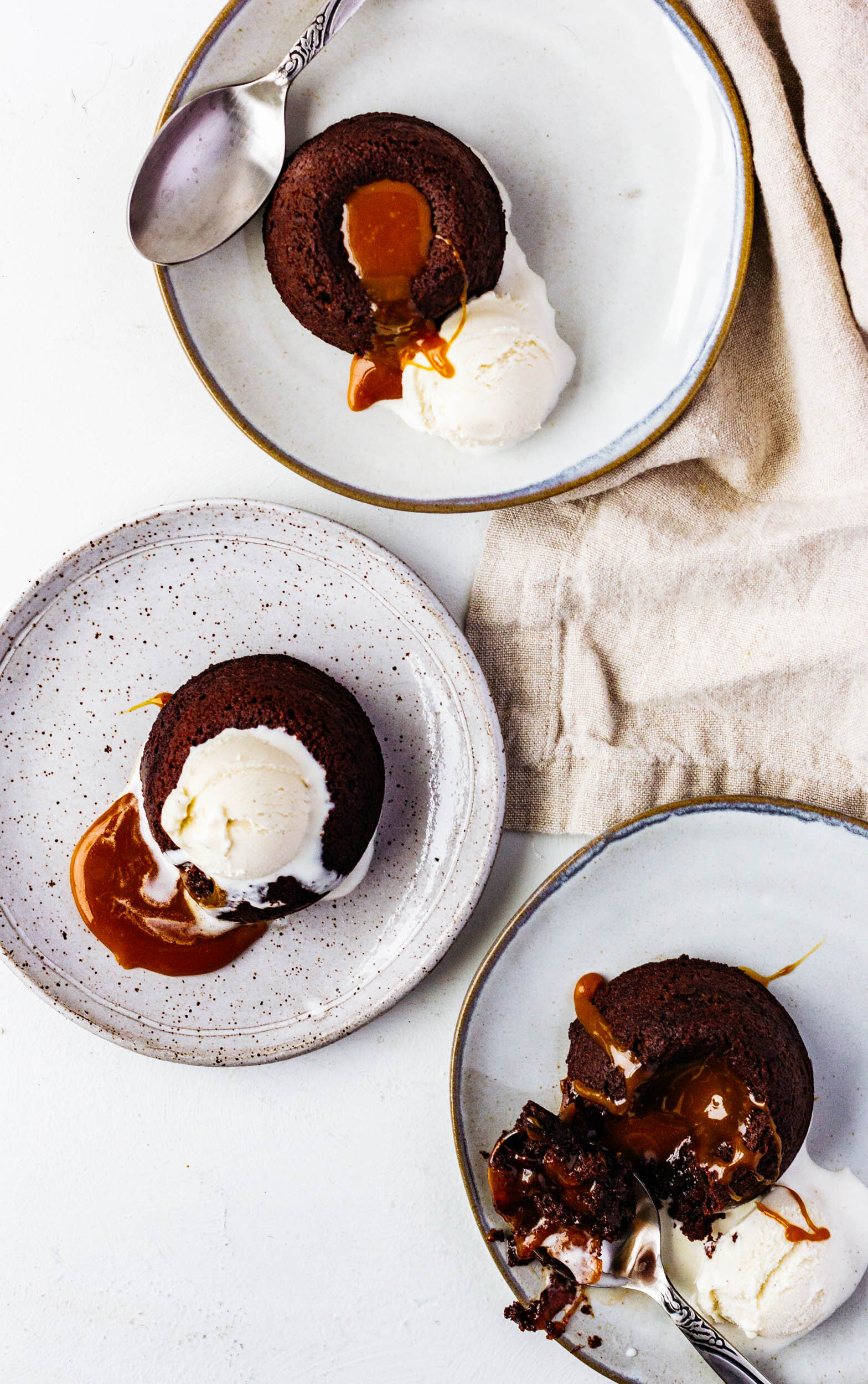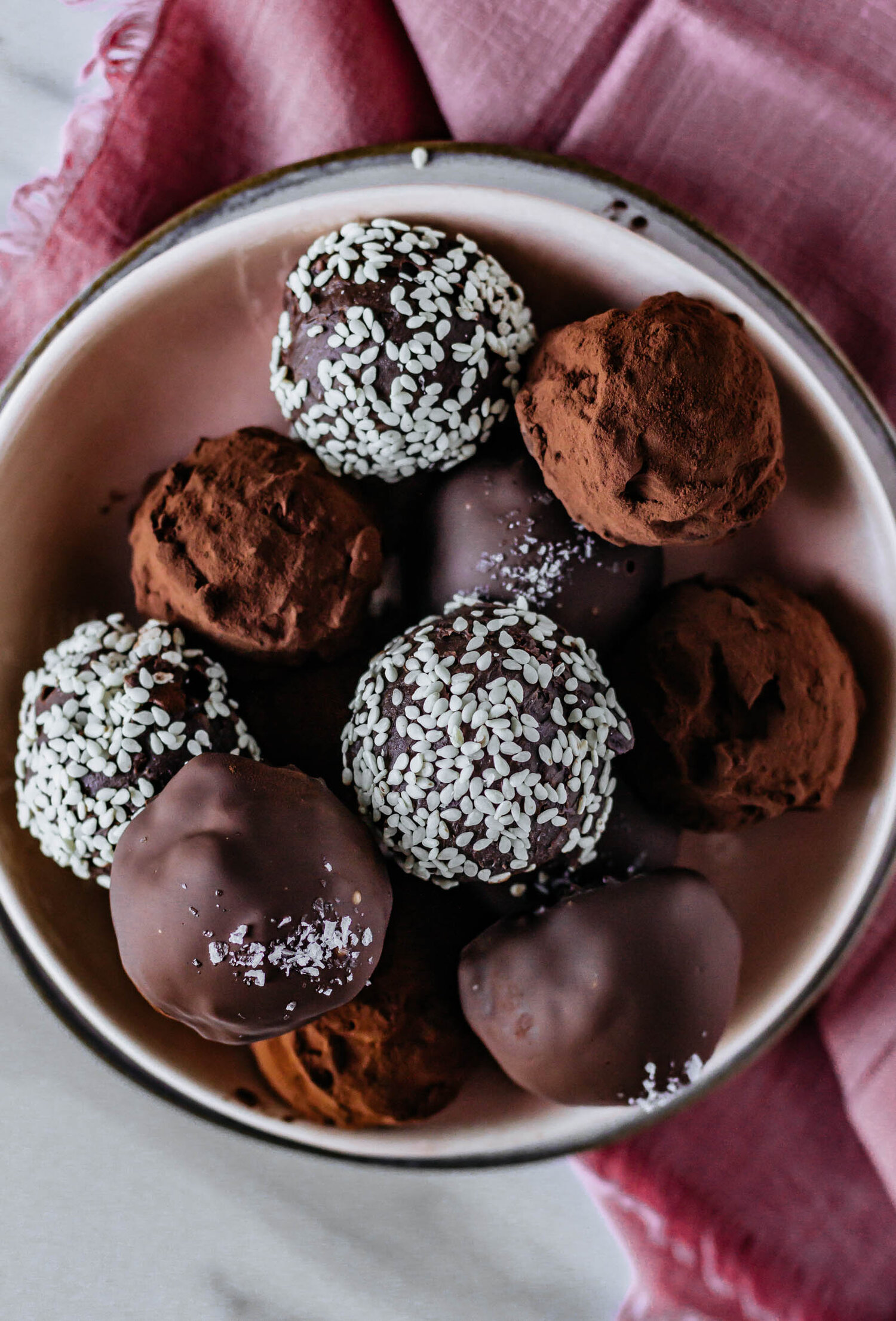Bananas Foster Eton Mess
/bananas foster eton mess
Last week, we talked all about meringue so it’s only fitting that today we make some! This bananas foster Eton mess is essentially a big crunchy, marshmallow-y pillow of baked French meringue topped with whipped cream and bananas swimming in a rum caramel sauce. Literally, what else could you need?
I like any desserts that are called “mess” because it makes me feel like the decorative bar is set so low. The Eton Mess is the ultimate lazy show-stopper. It made it’s first appearance in England in the late 1800s at Eton College’s cricket match (hence the name) and traditionally consists of just meringue, whipped cream, and strawberries. But you guys know how we feel about tradition around here, so I took the liberty of subbing our strawberries for bananas foster. Eton mess is a such a beautiful dessert to showcase whatever fruit you have in season, don’t limit yourself!
For this particular version, a French meringue is spread into a big circle on a sheet pan and then baked low and slow until crisp and the bottom easily releases from the pan. While the meringue is cooling, a simple brown sugar, rum, butter-filled caramel sauce is made and a few past-their-prime bananas are tossed in. Heavy cream gets whipped with a little sweetened condensed milk and everything is very slouchily piled high on the meringue. One thing to note, none of the components of this dessert hold very well on their own and so when you put them together, you have a beautiful dessert that needs to be eaten immediately. If you are making this for a dinner party or other evening soiree, I recommend baking the meringue sometime in the late afternoon, and then making the caramel and whipped cream just before serving (they are both very quick to toss together). Serve immediately after assembling or you will find yourself in a puddle of sweet cream and caramel, which is honestly not a bad thing, but also not exactly what we are going for here.

Bananas Foster Eton Mess
Ingredients
- 200 g (about 5-6) egg whites
- 350 g (1 3/4 cup) granulated sugar
- 3 ripe bananas, sliced
- 4 tbsp (57 g) unsalted butter
- 1/2 cup (110 g) brown sugar
- 1 tbsp coffee liqueur
- 2 tbsp heavy cream
- Pinch of salt
- 1 cup (227 g) heavy cream
- 1/4 cup (78 g) sweetened condensed milk
- 1/2 cup toasted walnuts, optional
Instructions
- Preheat oven to 200° F. Line a sheet pan with parchment paper and set aside.
- Place egg whites in the bowl of a stand mixer fitted with the whisk attachment and begin whipping on medium speed. When the egg whites begin to froth, gradually stream in sugar while the mixer continues to run. When all of the sugar has been added, increase the mixer speed to medium-high and continue to whip until smooth and glossy and medium peaks form.
- Pour meringue onto your prepared baking sheet and use an offset spatula to smooth into a circle, about 9” in diameter.
- Bake for 1 to 1- 1/2 hours, until meringue is dry and crispy and easily releases from the bottom of the pan. Set aside to cool.
- Set a large skillet over medium heat. Add the butter and brown sugar to the pan and cook without stirring, until butter is melted. When the butter is melted, you can begin to whisk the caramel occasionally. Continue to cook for 5-7 minutes, until brown sugar is dissolved and caramel is deep brown and bubbling. Whisk until smooth and homogenized.
- Carefully whisk in coffee liqueur and heavy cream and cook for 1-2 minutes more. Stir in bananas and salt and remove from heat to cool slightly while you make the whipped cream.
- Place heavy cream in the bowl of a stand mixer fitted with the whisk attachment. Begin whipping on medium-low speed, until frothy and then gradually increase speed. When the cream has reached soft peaks, add the sweetened condensed milk and then continue to whip until whipped cream has reach medium peaks.
- Spread half of the whipped cream over the meringue. Spoon bananas and caramel on top of the whipped cream, followed by the remaining whipped cream and toasted walnuts. Serve immediately.
Notes:
- a note on "peaks": Most of the time, meringue done-ness is discussed in terms of peaks—soft, medium or stiff. I usually like to explain the difference between the three by using pictures, but I’ll try to use my words to help you create a picture in your head. When you remove the whisk from the bowl, the meringue at the top should create a tip. If the tip immediately falls back over onto itself, you’ve reached the soft peak stage. If the tip stays upright, but the very top of it falls back onto itself creating a little wave look, you’ve reached medium peaks. If, when you pull the whisk out of the bowl, the tip stands upright, you’ve reached the stiff peak stage. **This also applies to whipped cream**
- None of the components of this dessert hold very well on their own and so when you put them together, you have a beautiful dessert that needs to be eaten immediately. If you are making this for a dinner party or other evening soiree, I recommend baking the meringue sometime in the late afternoon, and then making the caramel and whipped cream just before serving (they are both very quick to toss together). Serve immediately after assembling or you will find yourself in a puddle of sweet cream and caramel, which is honestly not a bad thing, but also not exactly what we are going for here.



